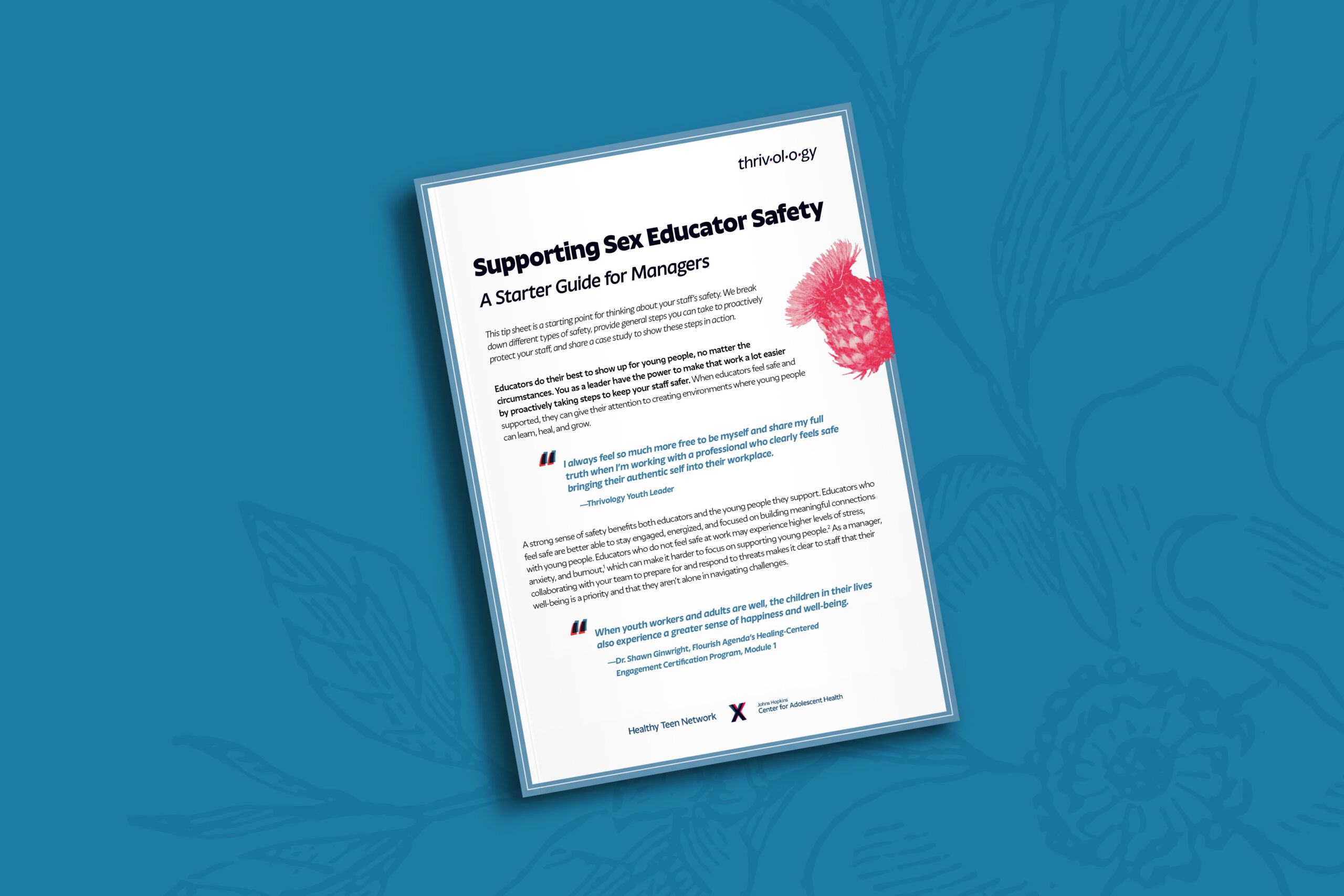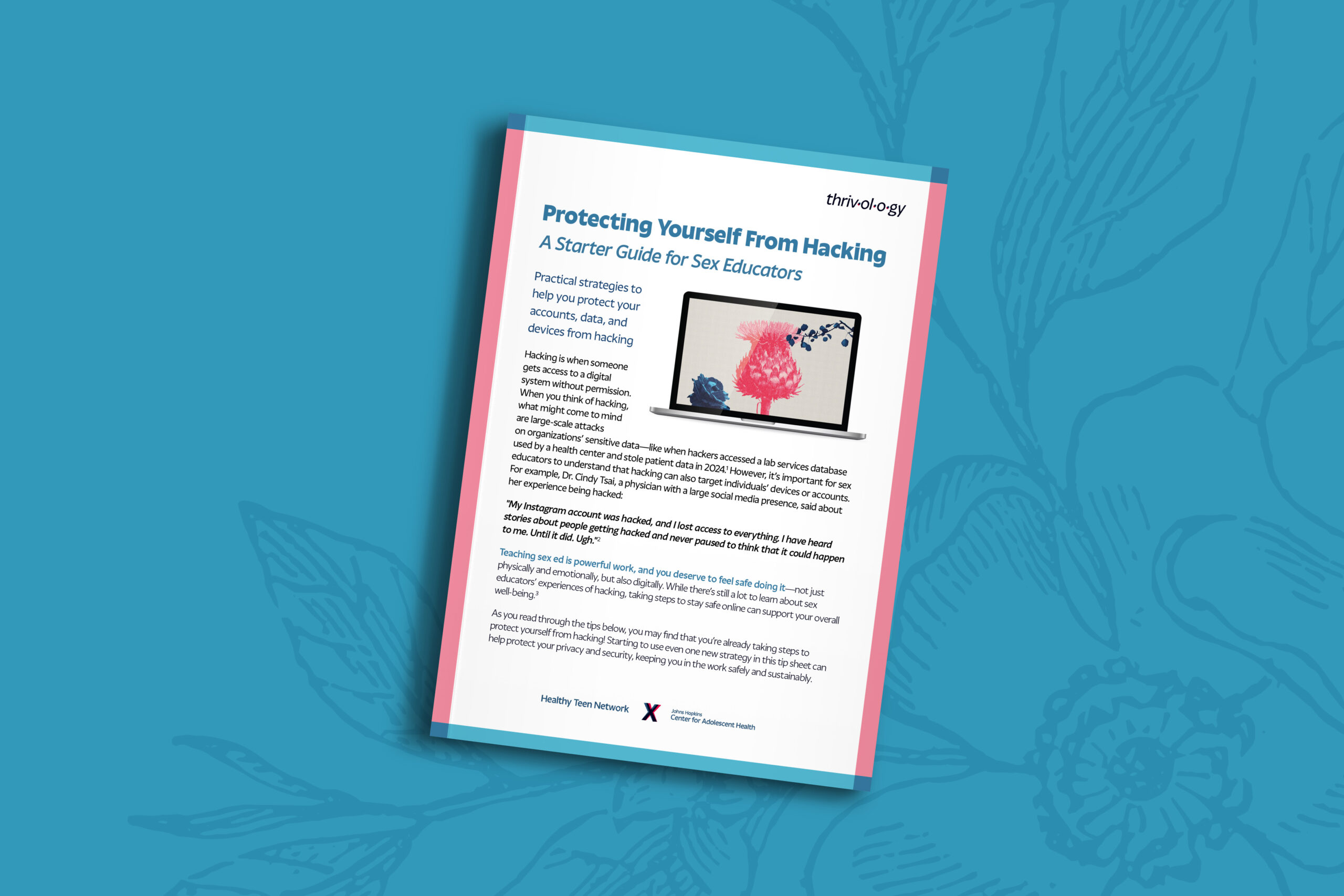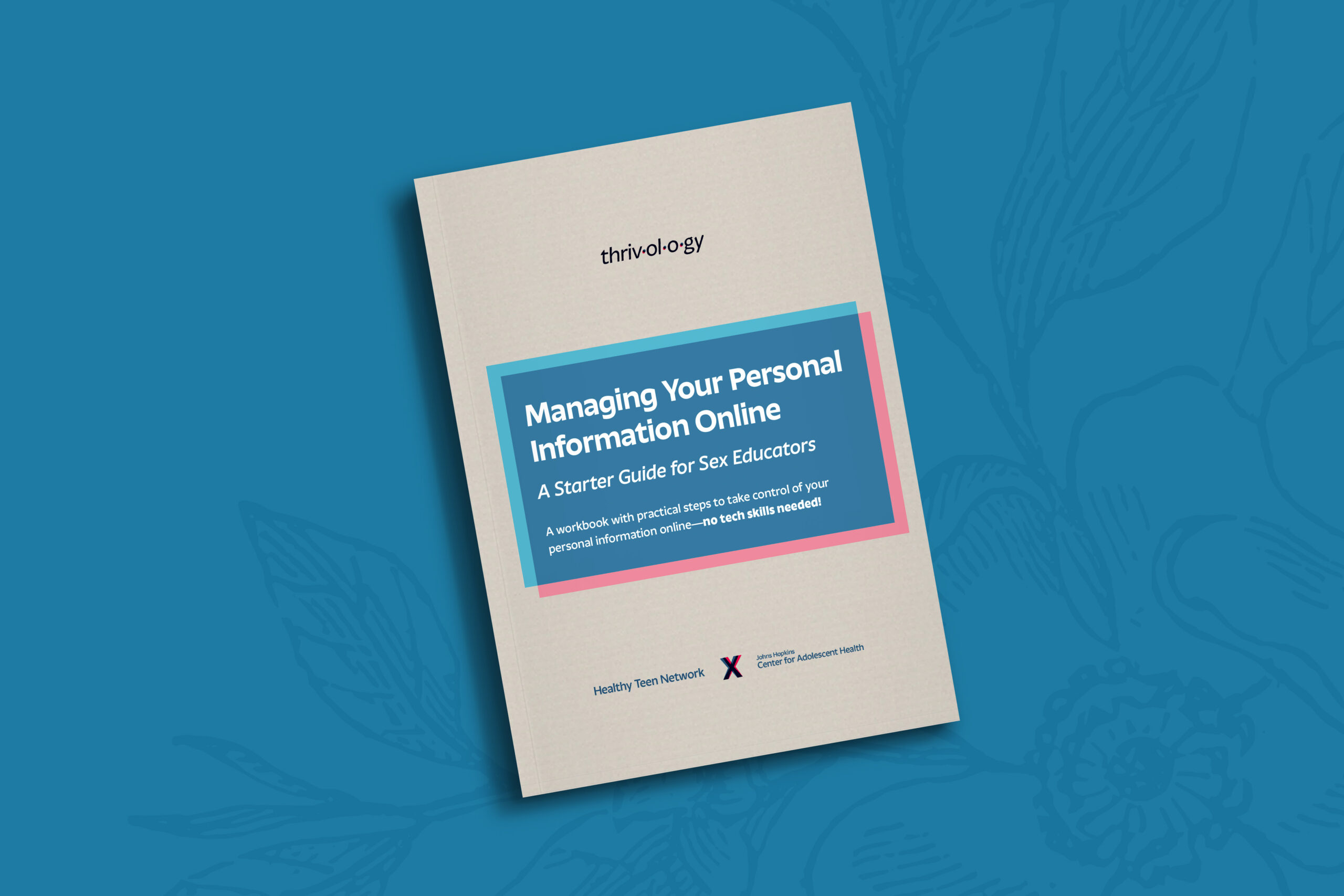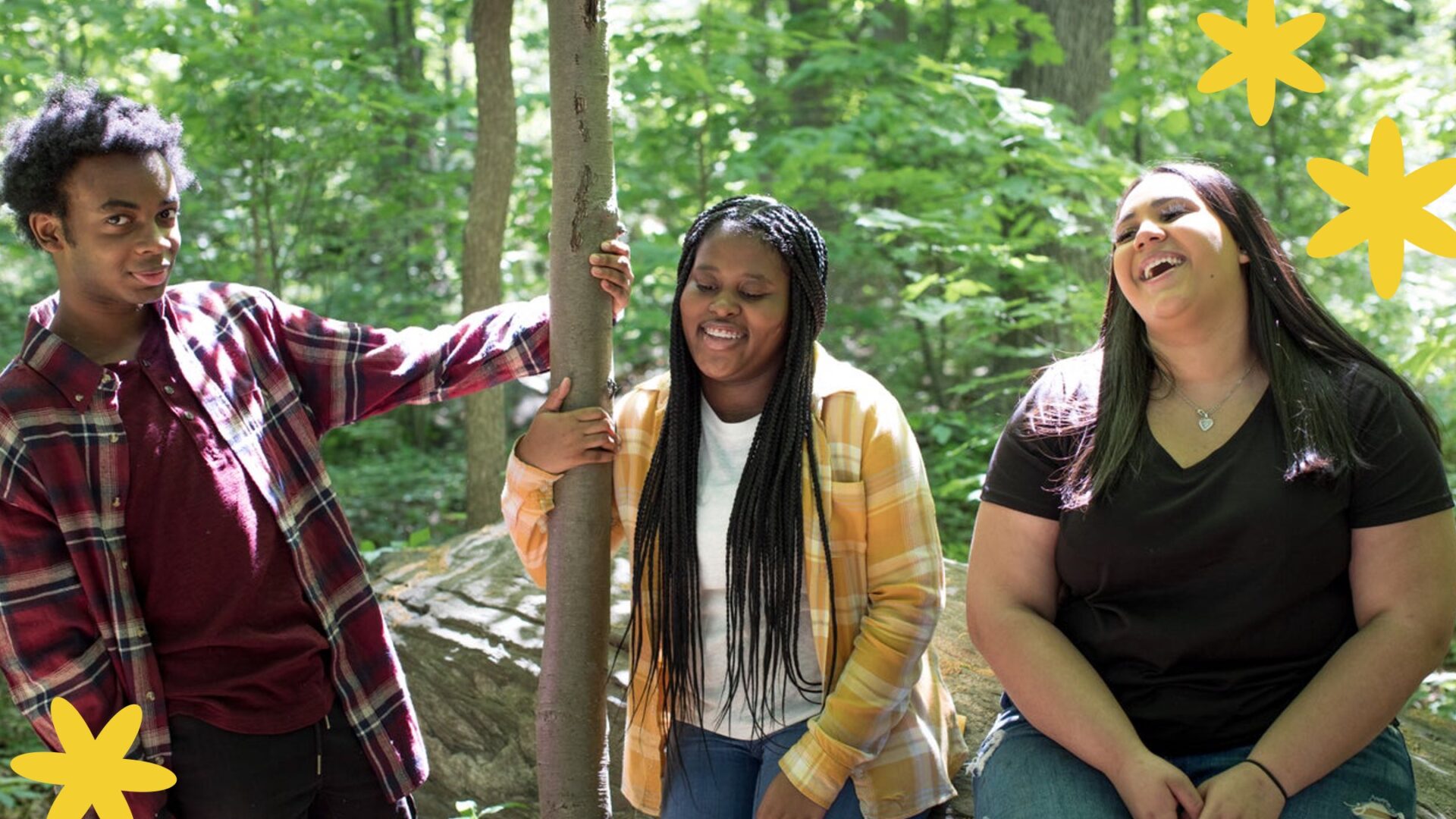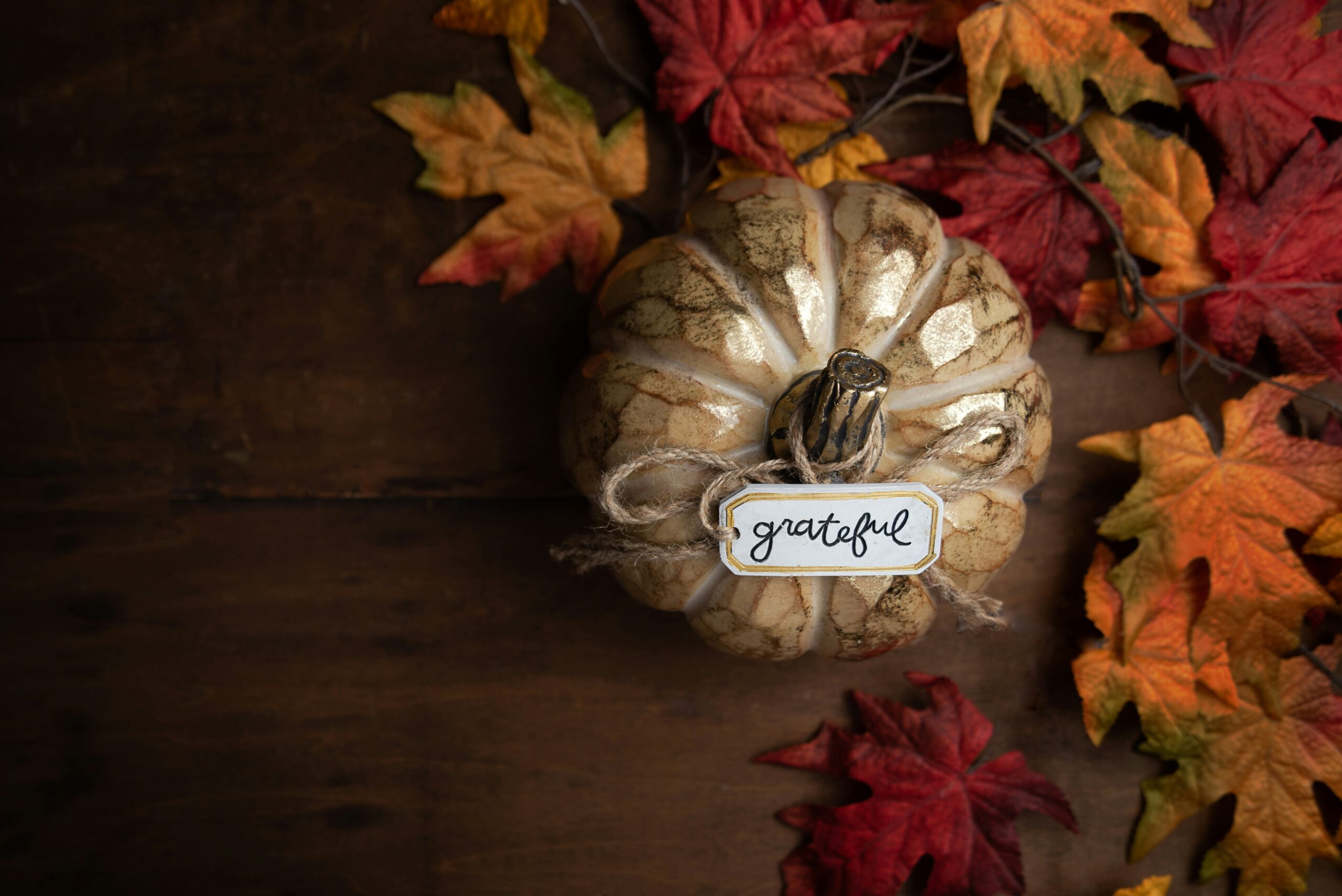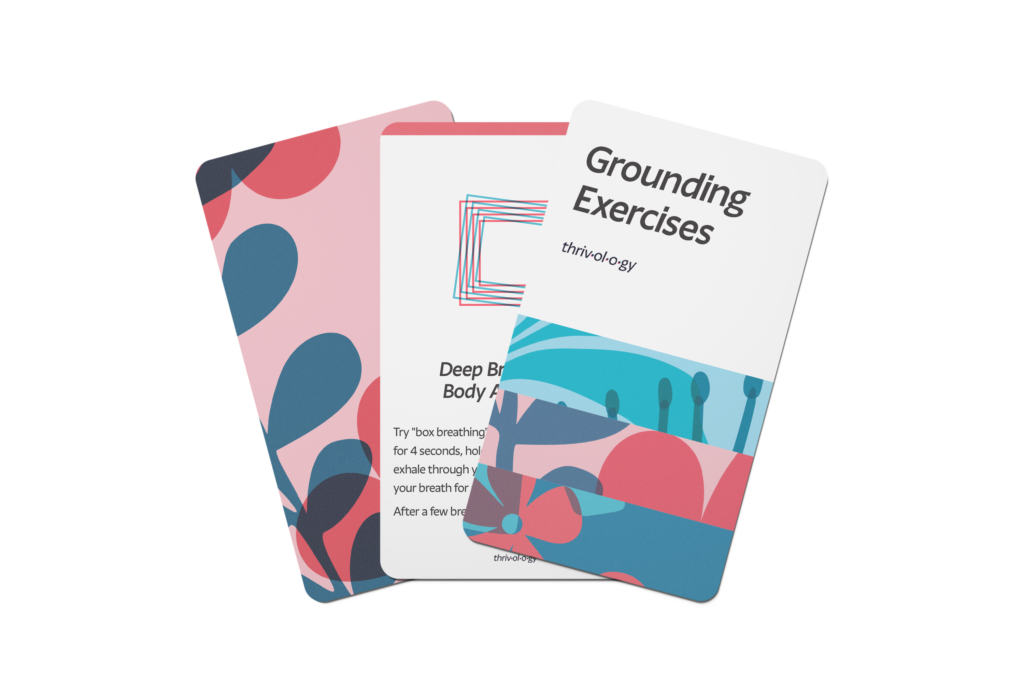
Stay present, stay grounded
When strong emotions take over, it might feel like you’re losing control. Grounding exercises can help you stay connected to the present and remind you that you are safe right now. They help calm your body’s stress response and bring your clear thinking back. While grounding exercises won’t solve everything, they can help you manage your feelings and keep things from getting worse in the moment.
These 30 grounding exercises from Thrivology are research-based and can help you unwind, destress, and de-stimulate.
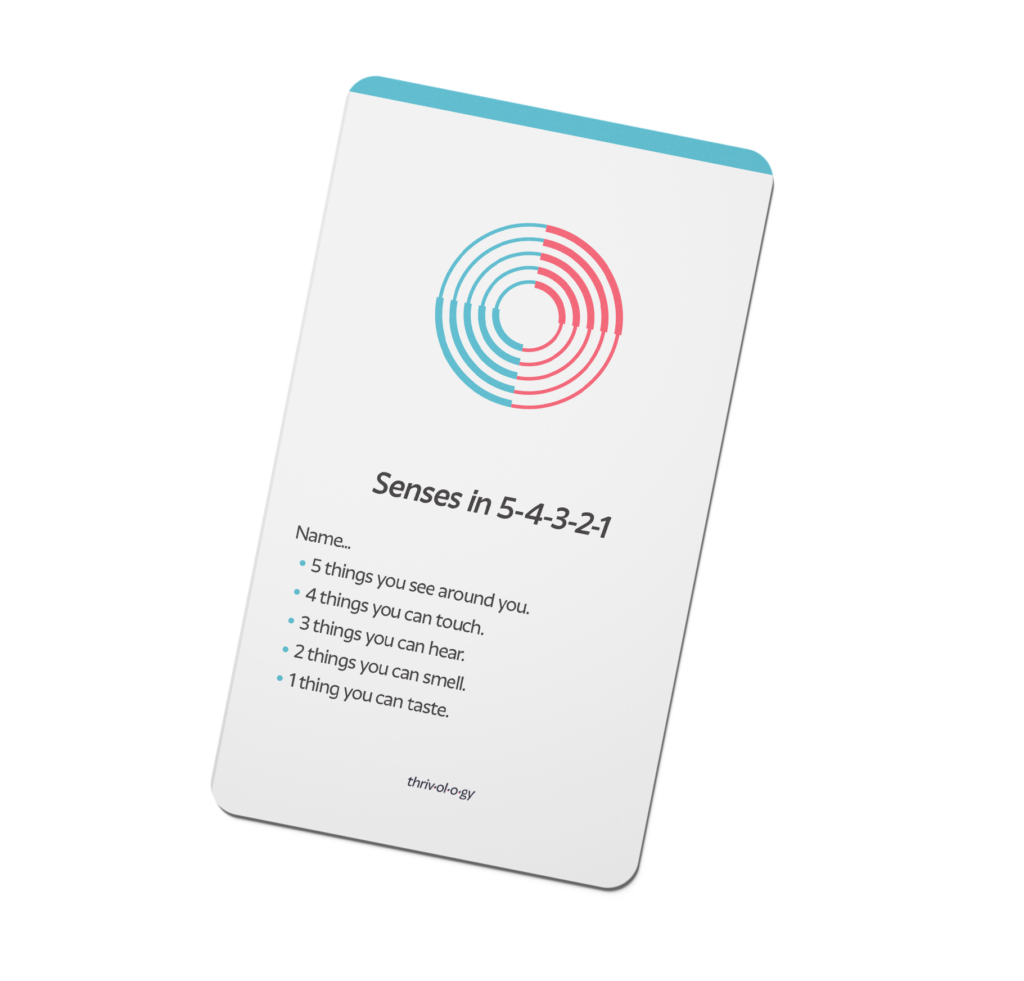
Find the exercise that's right for you
Grounding exercises are for everyone and can be used any time you need them. The exercises below are divided into three types:
Mental
Mental grounding exercises, like counting or visualizing, help break distressing thoughts and focus your attention on the present.
Physical
Physical grounding exercises use your senses or objects around you to help you stay grounded.
Soothing
Soothing grounding exercises use kind and positive thoughts to bring a sense of calm and improve your mood.
Flip through the cards below to find a grounding exercise that works for you:
Scripting
Write out your morning routine like a script. Use the present tense, such as “I wake up…then I turn off my alarm…”
Box Breathing
Try “box breathing”: Inhale through your nose for 4 seconds, hold your breath for 4 seconds, exhale through your mouth for 4 seconds, old your breath for another 4 seconds, and repeat.
After a few breaths, notice how your body feels.
Positive Reframe
Read the following statements and rewrite them with positive thoughts.
E.g., flip “I am not good enough” → “I am always learning and growing.”
• I feel like giving up.
• I feel embarrassed.
• I feel anxious.
Visualization
Close your eyes and picture your favorite,
most peaceful place.
Imagine what you see, feel, hear, and smell there.
Sensory Awareness
Pick an activity that engages your senses.
For example, splash your face with cold water, light a scented candle, or sit outside and listen to nature.
Post It
Write something true and positive about yourself on sticky notes.
Put the notes where you can see them often, like on your desk, mirror, or bedside table.
Senses in 5-4-3-2-1
Name…
- 5 things you see around you.
- 4 things you can touch.
- 3 things you can hear.
- 2 things you can smell.
- 1 thing you can taste.
Body Scan
Sit comfortably or lie down.
Breathe deeply in through your nose and out through your mouth.
Slowly move your focus from your head to your toes, paying attention to any sensations or emotions you notice.
Stating Safety
Say these phrases out loud:
- “It was just a thought or memory.”
- “It’s over now.”
- “I am safe in this moment.”
Categories
Set a timer for 2 minutes.
Choose a category you know well, like types of cereal or dog breeds, and list as many items in that category as you can.
Feel It
Hold a comforting object.
Pay attention to how it feels. Is it soft or hard? Bumpy or smooth? Warm or cold?
Gratitude Practice
Make a list of people, places, and things you are thankful for, no matter how big or small.
Recite, Recite, Recite
Think of a favorite song, prayer, poem, or book passage.
Recite it from memory, and repeat as needed.
Tense & Release
Sit comfortably or lie down.
Clench your entire body—your jaw, fists, and limbs. Hold for 20 seconds, then relax.
Positive Mantras
Repeat positive phrases to yourself, such as:
- “I am capable,”
- “I am strong,” or
- “I can handle this.”
ABCs
Go through the alphabet in your mind and think of a word for each letter (e.g., A for apple, B for ball).
Tap, Tap
Sit in a chair with your feet flat on the floor.
Close your eyes and cross your arms over your chest.
Gently tap your shoulders, one side at a time, while breathing deeply.
Memory Recall
Think about a time when you felt calm, confident, or at peace.
Try to relive the positive feelings from that memory.
Name Objects
Look around and name the objects you see, focusing on their colors, shapes, or what they do.
Touching Ground
Press your heels into the ground and feel how your feet connect.
Spread your toes and press evenly from the big toe to the little toe, and from the front of your foot to the heel. Notice how your feet connect with the ground.
Visualization of Support
Picture someone who loves or supports you. Imagine where you are, what you’re doing, and what encouraging words they are saying to you.
Counting
Count slowly, either forwards or backwards.
Try counting by twos, threes, fours, and fives for a change.
Savor
Eat or drink something you love.
Take your time and focus only on enjoying it.
Don’t do anything else while you savor the taste.
Emotional Validation
Acknowledge your feelings without judging them.
Accept that your emotions are valid and it’s okay to feel this way.
Solve the Puzzle
Try a mental puzzle that makes you think.
For example: Five people are eating apples. A finishes before B but behind C. D finishes before E but behind B. What’s the finishing order?
Self-Massage
Gently massage your hands, arms, or feet.
Pay attention to how it feels and adjust the pressure as needed.
Relaxation with Affirmation
Relax your muscles one group at a time while repeating calming affirmations, such as:
- “I am relaxed” or
- “I feel at ease.”
Memory Recall
Think about a vacation or a favorite memory.
Describe the memory in detail to yourself, remembering as much as you can.
Stomp, Tap
Sit comfortably with your feet flat on the floor.
Close your eyes and focus on the feeling of your feet touching the ground.
Gently tap or stomp in place.
Dear Friend
Imagine your best friend came to you for support. Think about what comforting words you’d offer them.
Then, consider what they might say to you if you needed encouragement.
Describe an Activity
Describe the steps in an activity you know well (e.g., how to shoot a basketball, how to prepare your favorite meal, or how to braid hair).
Press & Hold
Press your palms together, hard, and hold for 15 seconds. Notice the feeling of tension in your hands and arms.
Reflect on Joy
Write down or mentally list 5 things in your life that bring you joy. Visualize each thing briefly.
Spell in Reverse
Spell your full name and the names of three other people backwards.
Brisk Rubbing
Rub your palms together briskly for 15 seconds. Notice the sound and the feeling of warmth.
Make Yourself Laugh
Look up a silly joke, watch a funny animal video, or find a clip from a comedian.
Air Draw
Think of an object and “draw” it in your mind or the air with your finger, such as your home, a vehicle, or an animal.
Reach for the Stars
Reach your hands over your head and stretch for 10 seconds. Bring your arms down to relax at your sides.
Leave It Behind
Reflect on a negative feeling you’re having. Imagine gathering up the emotions into a small ball and putting them in a box. Imagine closing the box, then picture yourself moving away from painful feelings.
Describe an Object
Pick up an object and describe it in detail. Consider the color, size, texture, scent, weight, and any other features you notice.
Wiggle & Curl
Place both feet flat on the ground. Wiggle your toes. Curl and uncurl your toes a few times. Notice the sensations in your feet.
Practice Self-Kindness
Repeat kind, compassionate phrases to yourself, aloud or in your head, as many times as you need. (You’re strong; you can move through this pain. You’re trying hard; you’re doing your best.)
Reverse It
Read something backwards, letter-by-letter. Repeat for at least a few minutes.
Cuddle with a Pet
Spend a few moments with a pet, if you have one. Pet them, if you can, focusing on how they feel. Notice their markings and unique characteristics.
Touch a Stone
Pick up a small stone. Run your fingers over it. Is it smooth or rough? Does it feel cold or warm? Is it round or jagged?
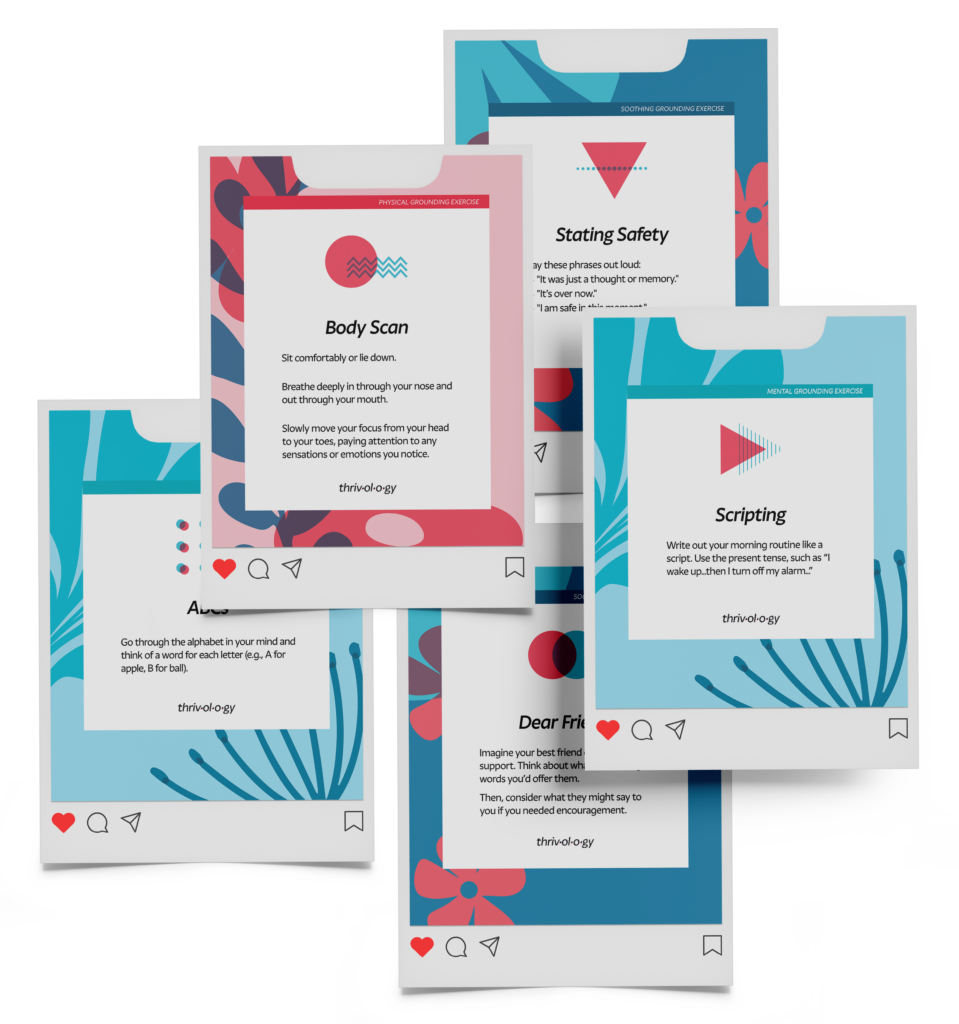
30 days of grounding
Make grounding a daily practice by sharing Thrivology’s 30 Days of Grounding social media campaign with your followers.
Ready-to-use images, stories, and captions make it easy to bring grounding tools to your audience.
You can also follow along and easily reshare posts from Thrivology on Instagram or LinkedIn.
Print your own
Want to print a deck of grounding exercises on your own?
While we cannot endorse a specific printer, we printed this deck using SmartPress. Here are the specifications we chose:
• Paper Stock: 310 GSM Cardstock
• Card Face Styles: Custom Faces
• Packaging Options: Custom Printed Tuck Box


How to use grounding exercises
Whether you’re new to grounding or looking to deepen your practice, this guide provides a step-by-step approach to make using the Thrivology Grounding Exercises deck simple, effective, and accessible.
The research behind grounding
See how grounding exercises help regulate stress and trauma.
Armstrong, J. (2022, December 10). How explorations of art, trauma-informed principles and contemplative practices can come together to support well-being and nervous system regulation. Medium.
B., M. (2016, December 2). Mental health treatment is a privilege many people can’t afford. NAMI Iowa. https://namiiowa.org/mental-health-treatment-privilege-many-people-cant-afford/
Bolić, E. B. (2018). Secondary traumatic stress and vicarious traumatization in child welfare professionals in Serbia. Journal of Public Child Welfare, 13(2), 214–233. https://doi.org/10.1080/15548732.2018.1502117
Cavanagh, N., Cockett, G., Heinrich, C., Doig, L., Fiest, K., Guichon, J. R., Page, S., Mitchell, I., & Doig, C. J. (2020). Compassion fatigue in healthcare providers: A systematic review and meta-analysis. Nursing Ethics, 27(3), 639-665.
Clay, R. A. (2022, July 11). Are you experiencing compassion fatigue? https://www.apa.org. https://www.apa.org/topics/covid-19/compassion-fatigue
Crowder, R., & Sears, A. (2017). Building resilience in social workers: An exploratory study on the impacts of a mindfulness-based intervention. Australian Social Work, 70(1), 17-29.
Denham, I. P. (1993). The power of the word. Positive affirmation as self-healing, reshaping or remodelling technique: A dissertation (9404427). [Doctoral dissertation, Union Institute School for Advanced Studies]. ProQuest Dissertations & Theses Global.
Ginwright, S. (2020, December 9). The future of healing: Shifting from trauma informed care to healing centered engagement. Medium. https://ginwright.medium.com/the-future-of-healing-shiftingfrom-trauma-informed-care-to-healing-centered-engagement634f557ce69c
Gold, E., Smith, A., Hopper, I., Herne, D., Tansey, G., & Hulland, C. (2010). Mindfulness-based stress reduction (MBSR) for primary school teachers. Journal of Child and Family Studies, 19, 184-189.
Hopwood, T. L., Schutte, N. S., & Loi, N. M. (2019). Stress responses to secondary trauma: Compassion fatigue and anticipatory traumatic reaction among youth workers. Social Science Journal, 56(3), 337–348. https://doi.org/10.1016/j.soscij.2018.08.008
Irving, J. A., Dobkin, P. L., & Park, J. (2009). Cultivating mindfulness in health care professionals: A review of empirical studies of mindfulness-based stress reduction (MBSR). Complementary Therapies in Clinical Practice, 15(2), 61-66.
Jiang, X., Topps, A. K., & Suzuki, R. (2021). A systematic review of self-care measures for professionals and trainees. Training and Education in Professional Psychology, 15(2), 126–139. https://doi.org/10.1037/tep0000318
Posluns, K., & Gall, T. L. (2020). Dear mental health practitioners, take care of yourselves: A literature review on self-care. International Journal for the Advancement of Counselling, 42(1), 1-20.
Shapiro, S. L., Brown, K. W., & Biegel, G. M. (2007). Teaching self-care to caregivers: Effects of mindfulness-based stress reduction on the mental health of therapists in training. Training and Education in Professional Psychology, 1(2), 105–115. https://doi.org/10.1037/1931-3918.1.2.105
Shukla, A. (2019). A 5-Step Mindfulness Grounding Technique To Ease Anxiety & Why Mindfulness Works. Cognition Today. Retrieved from https://cognitiontoday.com/5-step-mindfulness-grounding-technique-to-ease-anxiety-why-it-works/.
Taylor, JT., & de León, S. (2018). Healing systems: Reflections on the first four years of Trauma Transformed. Trauma-Transformed. https://traumatransformed.org/documents/Healing-Systems_Reflectionson-Trauma-Transformed.pdf
Thorpe, K., & Barsky, J. (2001). Healing through self‐reflection. Journal of Advanced Nursing, 35(5), 760-768.
Williamson, J., & Smith-Austin, B. (2021). Trauma Informed E-Newsletter: Issue 8.
Want to chat? Thrivology is here to answer your questions about this resource.
Better together
Using grounding exercises? Stay in touch to help shape the future of this Thrivology resource.
This project is supported by the Office of Population Affairs (OPA) of the U.S. Department of Health and Human Services (HHS) as part of a financial assistance award (1 PHEPA000006-01) totaling $1,063,776.35 with 100 percent funded by OPA/OASH/HHS. The contents are those of the author(s) and do not necessarily represent the official views of, nor an endorsement, by OPA/OASH/HHS, or the U.S. Government. For more information, please visit opa.hhs.gov.








